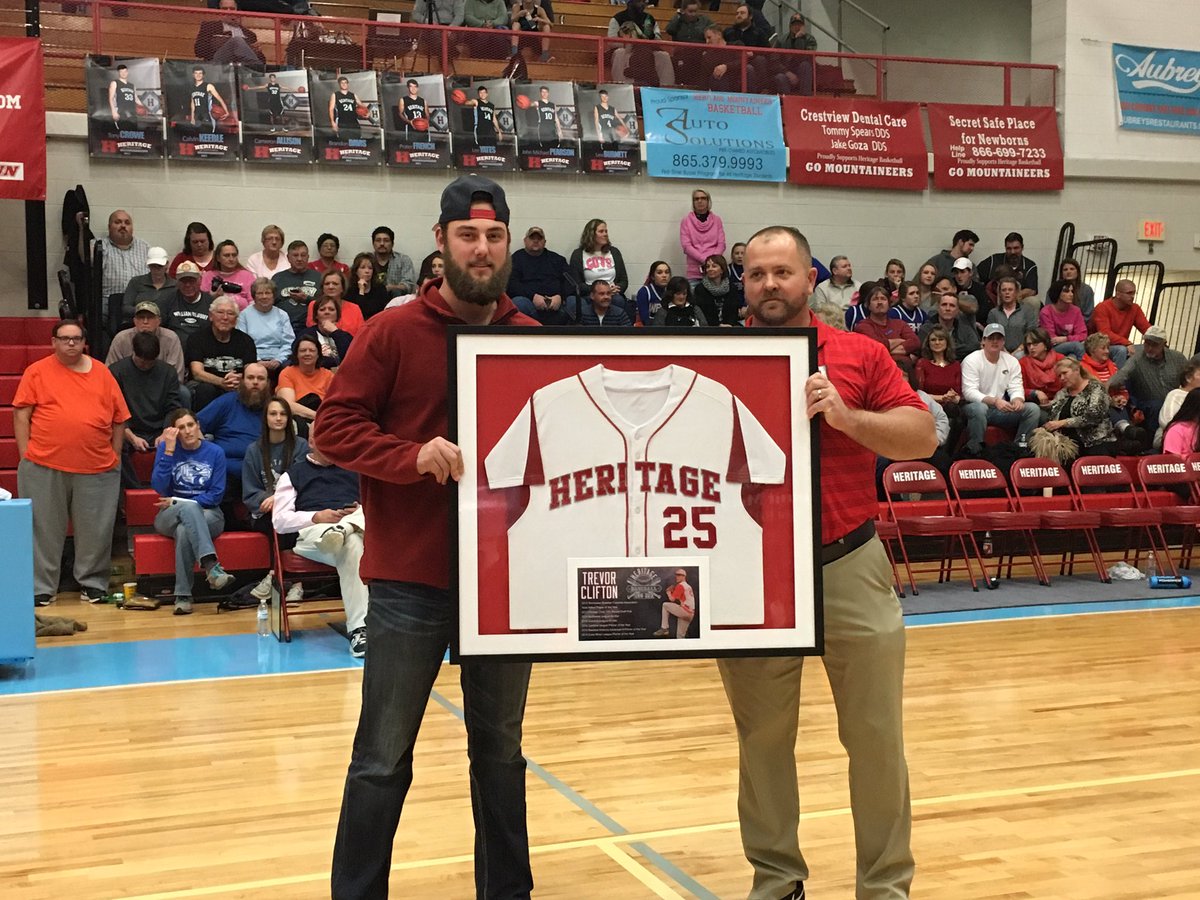The signing of Eric Thames and the projections subsequently produced for him represent two of the more interesting, if lower-profile, developments of the offseason. Since Thames took his quick left-handed swing across the Pacific, he’s become one of the top sluggers in the hitter-friendly Korea Baseball Organization.
If you have 30 free minutes you can watch all 47 of his 2015 home runs thanks to YouTube:
https://www.youtube.com/watch?v=B8GheLGD98g
Despite having already played in the majors, Thames is something of a mystery, a curiosity, in transitioning from a foreign professional league. If the projections are accurate, however – and his Davenport translations are pretty close to other, former international unknowns like Jose Abreu, Yoenis Cespedes and Jung Ho Kang – then the Brewers have themselves a steal.
In the cases both of Cespedes and Kang, who played in foreign leagues that draw fewer scouts, analytics played a considerable role in the decision to sign them. Analytics and projections also played a significant part in the Thames signing, as Brewers GM David Stearns told David Laurila in the latter’s Sunday notes this weekend.
Kang was the first KBO hitter to make the jump directly to the majors. There were no direct comparisons. But plenty of South Korean stars had played in the Japan’s Nippon Professional Baseball Organization, so the Pirates looked at their production in Japan and then studied the more sizable sample of NPB position players who have played in the majors.
Back in 2013, the A’s were also creative in projecting Cespedes, then a trailblazing Cuban defector, as detailed by Ben Reiter in Sports Illustrated.
“[Farhan] Zaidi built a model that analyzed not just the grades the scouts had given to Cespedes on the usual eight-point scale, but also the scouts themselves. Say three guys have a six power on him, three guys have seven power on him. What kind of minor leaguers or major leaguers do those guys have those grades on?”
The A’s did not miss a chance to scout Cespedes when access was available. The Pirates did send scouts over to evaluate Kang in addition to video analysis (though Kang’s off-the-field issues were apparently not discovered). Still, recent success stories of players signed from foreign pro leagues are analytics-heavy because they’ve had to be. There are few scouting resources committed to South Korea and Japan. Cuba has been difficult to scout due to political reasons.
But what are MLB clubs missing at the professional and amateur levels by not having more of a scouting presence in places like South Korea? And why are such areas not heavily staffed?
Read the rest of this entry »



